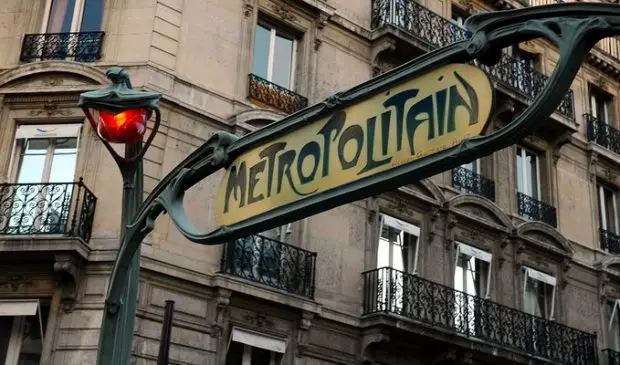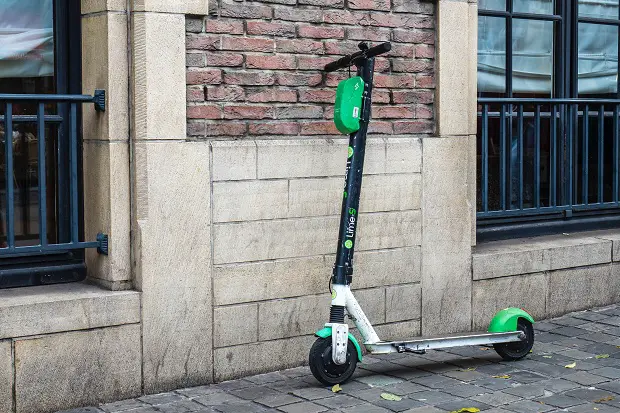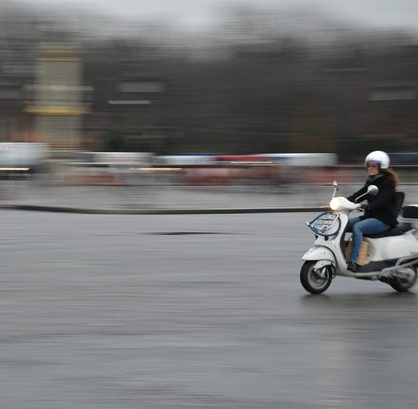We know that tourism has many positive and negative impacts, but what about its impact on the capital? In this article, we will see the impacts of tourism on Paris in detail.
Positive impacts
Economic growth

You cannot deny that tourism is a considerable source of income for the country, especially knowing that France is the leading tourist destination in the world, this means that it welcomes the most tourists in the world yearly.
In 2018, nearly 89.3 million international tourists traveled to France, including 50 million to the Île-de-France region, according to the Île-de-France regional tourism committee (link in French).
In its dashboard on the French economy, the INSEE states that in 2018, the domestic tourism expenditure reached 153.3 billion euros. It means that tourists spent a total of 153.3 billion euros during their stay in France, the two main expenditures being accommodation and transports.
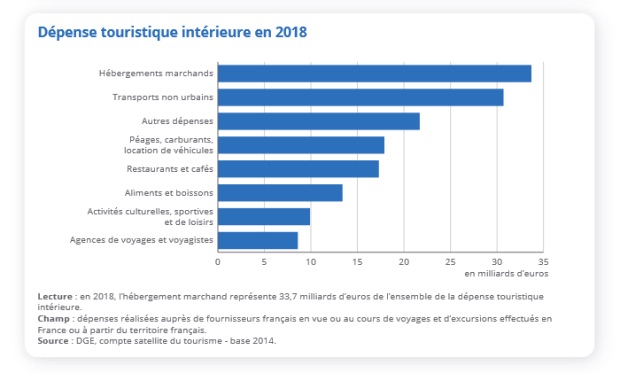
Tourism is a major source of income for restaurants and cafés (around 17 billion euros in 2018) as well as for museums and other charged landmarks.
Tourism keeps the economy going and contributes to the wealth of the country.
Creation of jobs
Tourism develops many jobs in different areas: in souvenir shops, department stores, airports, restaurants, bars, museums, landmarks, travel agencies, hotels, etc. According to the Banque des Territoires (link in French), part of the Caisse des dépôts, a French public financial institution, there are 2.87 million jobs linked to tourism.
The creation of jobs benefits the inhabitants of the capital itself, who can find one more easily.
Decrease of the unemployment rate

The creation of jobs directly contributes to the decrease of the unemployment rate of the inhabitants, even though these jobs are not always long-termed (many are seasonal and anyone can apply).
Sharing French culture abroad

The arrival of international tourists allows French cultural, historical and artistic heritage to be shared worldwide.
French culture is already well known in the world: many people know Paris, the famous Eiffel Tower, the Notre-Dame Cathedral, the Champs-Elysées, the Louvre and its Mona Lisa, baguettes, French cheese and wines, the beret and the striped sweater, luxury boutiques such as Chanel and great fashion designers like Jean-Paul Gaulthier some might even know the French Revolution.
Tourism contributes to the image that tourists have of France.
In favor of intercultural exchanges

Traveling is an enriching experience for an individual and it allows to bring together different cultures and world views.
When tourists and inhabitants meet, it leads to interesting conversations for both sides.
It is a great opportunity to step out of one’s comfort zone and to discover that our view of the world is not necessarily the general convention.
Negative impacts
Pollution

Tourism is bad for the environment: according to the Ministry of Ecological Transition (in French), it is responsible for 5% of global greenhouse gas emissions.
In France, tourism caused the emission of 118 million tonnes of CO2 in 2018, according to a study by ADEME (in French), the French Environment and Energy Management Agency. These GHG emissions correspond to those of 11 million French people over a whole year.
These emissions are mainly due to transport and accommodation, but also to other tourism activities such as restaurants and shopping. Tourists account for 80% of transport-related GHG emissions (mainly air transport).
Such air pollution greatly contributes to global warming and changes the quality of the air.
We do not recommend you to eat or walk around outside during pollution peaks (difficult for tourists as they often visit on foot and eat in outside seating areas). You can always keep an eye on the air quality of the capital on this website (in French).
The weather also contributes to the dispersion of polluting particles (especially wind and rain, which are frequent in Paris).
Overpopulation
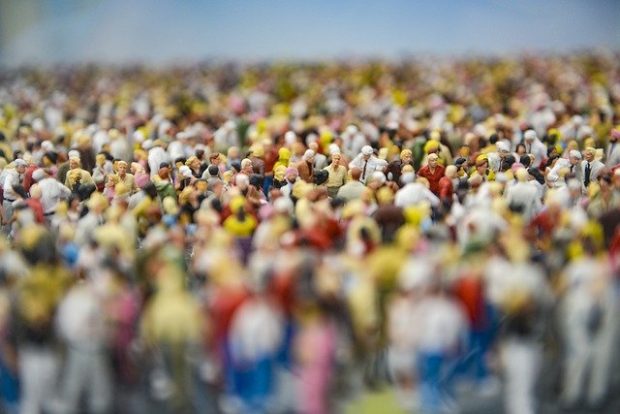
According to the INSEE (in French), in 2018, Paris, a small city of 105 km2, has 2,175,601 inhabitants, meaning 20,754 inhabitants per km2, which is much more than in New York for example, with its 7,101 inhabitants per km2.
Paris is a small, highly populated city, we can even say overpopulated. The arrival of tourists contributes to it. Even if they don’t stay for long, they need accommodation which could have been for Parisians. Tourists also contribute to the saturation of transport networks and streets.
Underprivileged inhabitants
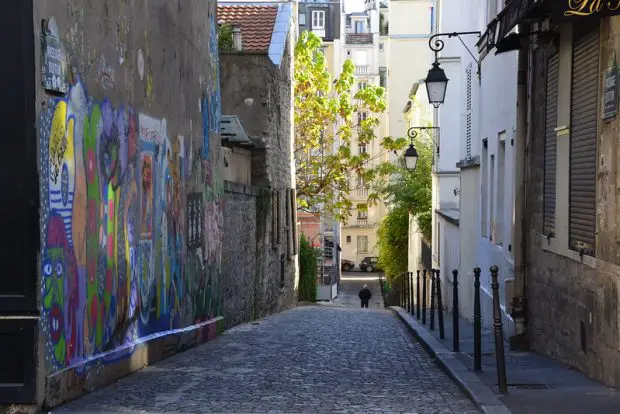
Parisians are the ones who suffer most from tourism. In addition to the overcrowding effect mentioned previously and the noise pollution that it can cause, the local population sees less and less other locals: many accommodations are transformed into Airbnbs for tourists or hotels and hostels.
These accommodations, which are specially designed to host foreigners, are contributing to the rise in rental prices and land purchases. The cost of living is also rising, gradually forcing the inhabitants to move to the more financially accessible but less secure and crowded Parisian suburbs.
The progressive departure of the inhabitants leads to the arrival of a more affluent social class in the areas and many homes are becoming secondary residences, rendering certain arrondissements ghostly.
The jobs created by the tourist demand are not necessarily for the inhabitants, especially as many are seasonal or for students.
Inhabitants end up missing social contact with other inhabitants in favor of foreign contacts, which can frighten them and make them question their own identity.
The social impact of tourism is so great that people can feel oppressed by so many strangers in their daily lives.
I aim to share my tips and recommendations for the beautiful country of France. My goal is to help you plan your next adventure, whether it’s a weekend getaway or a once-in-a-lifetime trip. From finding the best hotels and restaurants, to discovering unique activities and sights, I’ve got you covered!

